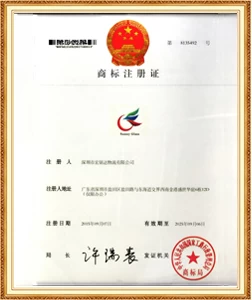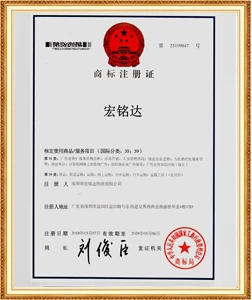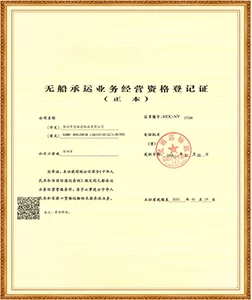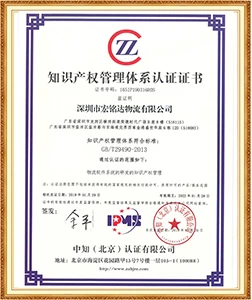SCFI has fallen for four consecutive weeks! Will container freight rates rebound soon?
Sunny Worldwide LogisticsIt is a logistics company with more than 20 years of transportation experience, specializing in markets such as Europe, the United States, Canada, Australia, and Southeast Asia. It is more of a cargo owner than a cargo owner~

The peak season is not prosperous, and the Shanghai Export Container Freight Index (SCFI) has fallen for four consecutive weeks, falling by more than 400 points or 10.74% in the past month.
According to the latest data released by the Shanghai Aviation Exchange on August 2, the SCFI index fell 115.2 points last week to 3332.67 points, a weekly decrease of 3.3%. The four major European and American routes all fell, with the US-Western route having the highest decline.
Last week, the freight rate per FEU from the Far East to the US West line fell by US8, a weekly decrease of 6.27%; the freight rate from the Far East to the US East Line fell by US1 per FEU, a weekly decrease of 2.2%; the freight rate per TEU from the Far East to Europe line fell by US , a weekly decrease of 1.68%; the freight rate per TEU from the Far East to the Mediterranean line fell by US3 to US,997, a weekly decrease of 5.18%.
In the near-ocean line, the freight rate per TEU from the Far East to Kansai, Japan, was unchanged from the previous week, at US3; the freight rate per TEU from the Far East to Kansai, Japan, was unchanged from the previous week, at US9; and the freight rate per TEU from the Far East to Southeast Asia was US9. It fell by US to US8 in the week; the freight rate per TEU from the Far East to South Korea fell by US from the previous week to US2.
According to analysis by industry insiders, there are three main reasons for the decline in freight rates. First, the freight rates have risen sharply for 13 consecutive weeks, and freight rates have fallen back and been corrected due to changes in market demand; second, there are small ships on the US-Western Line grabbing the market at low prices; third, in Asia in July The demand was affected by many customers driving out shipments in June. No significant increase in cargo volume was seen in July, so freight rates continued to decline.
On the other hand, the global container shipping market has entered the traditional peak season, and the shortage of ships and containers in the market is still quite serious. This can be seen from the fact that the freight rates on the East American and European lines have only fallen slightly. The recent increase in the decline of the US-Western Line is mainly due to the previous high freight rates, and the situation of near-ocean line companies beginning to invest in low-priced small ships to grab goods.
Nonetheless, as market demand strengthens, the downward trend in freight rates is expected to come to an end in August. Industry analysts pointed out that export volume has begun to continue to increase recently. In August, container shipping companies successively announced the addition of GRI and peak season surcharges. The increase range is approximately US,000 to US,000 per FEU. The collection of surcharges indicates that the market Supply and demand remain tight.
For the entire container shipping industry, the biggest challenge is concerns about overcapacity in the second half of the year. According to Alphaliner statistics, as of now, global shipping capacity has reached 30.385 million TEU, continuing to hit a record high.




















